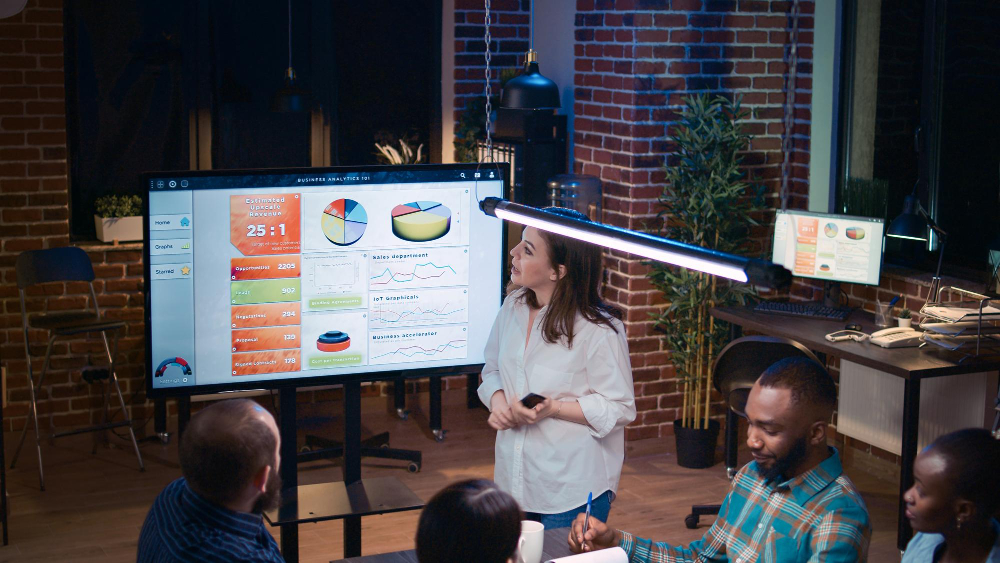Blog

Flexible work arrangements: It’s where the future of work is going
Clearly, the traditional “office” will no longer be the center of the workplace. Instead, work will be:
1) defined by where individuals wish to perform it
2) something that people engage in beyond the traditional 9-to-5 hours
3) “facilitated” by employers through alternate workspace for staff when/if they need to congregate with co-workers
These characteristics of the new work-world means that our processes and procedures, that support workspaces today, will change drastically. More specifically, permanent offices will no longer be “permanent” anymore. Assigned desks will be a thing of the past. Workspace hoteling and co-sharing of office space will be the new norm.
For organizations to thrive in this new flexible workplace reality requires careful planning and scheduling of workspaces that will still exist. It requires readily embracing flexible workspace software!
Tools for a flexible workspace
So, what can flexi software tools do to aid people and workspace managers adapt to the world of flexible work?
1) Empower employees, working remotely, with Room scheduling abilities. No more will workers, that need to regroup occasionally at a central location (the “office”), call the reception desk or a central facilities manager to plan their work days. For organizations moving towards co-sharing and hoteling, this is a great feature. The software will provide much needed flexibility to individuals, to directly coordinate room bookings in sync with other colleagues’ MS Outlook or Exchange schedules
2) Software solutions can assist the few permanent users, who may still maintain cubicles or desk space in the office, make more efficient use of those designate workspaces. The Check-in feature tells others (i.e. remote workers) that those spaces are currently in use. The Release feature puts permanent assigned workstations and desks back into the usable pool, enabling remote workers – should they require to work from the office – to schedule/reserve them for in-office work time
3) Intelligent devices, like Room Display Touchscreens, are a great extension to any flex office software suite of solutions. When mounted outside meeting rooms, designated offices, training rooms and cubicles, these devices allow excellent self-serve workspace management. Walk-in guests and employees have clear visibility of the room’s vacancy or reservations, making finding working room at the office more efficient
Flexible work rules don’t have to mean working without rules, or working to rules that others aren’t aware of. A well-defined suite of flexible workspace software can go a long way in planning, scheduling and managing flex workspaces in accordance with each organization’s unique flex work rules.
RESEARCH: Capability Jane



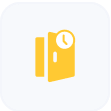


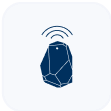
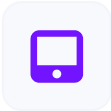

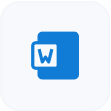


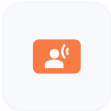


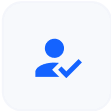




































 Support
Support  Demo
Demo  Blog
Blog 
